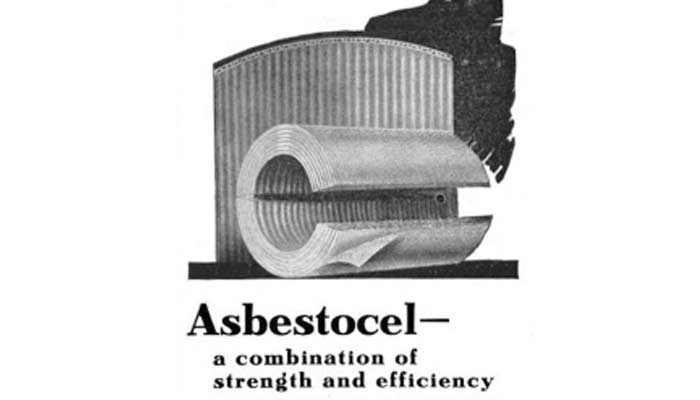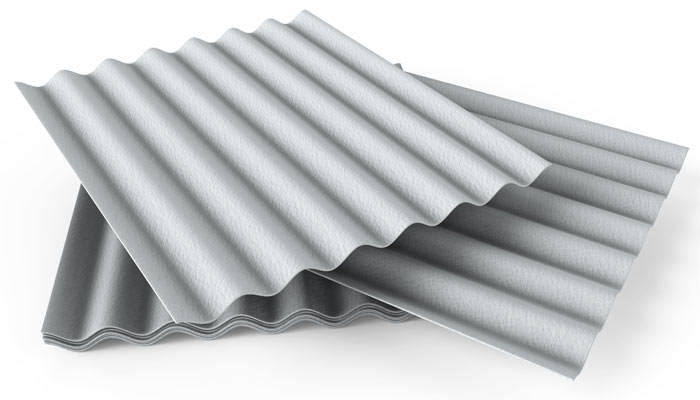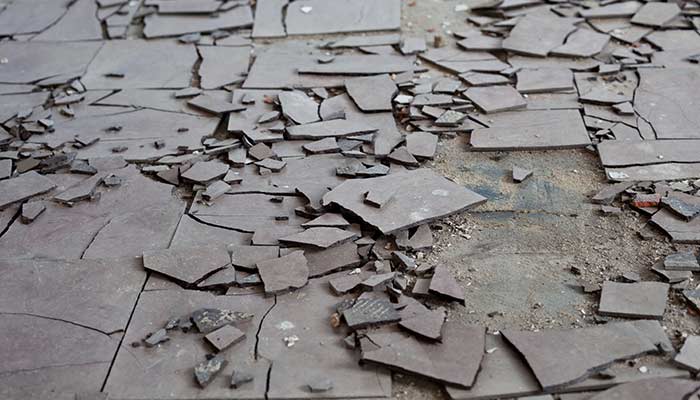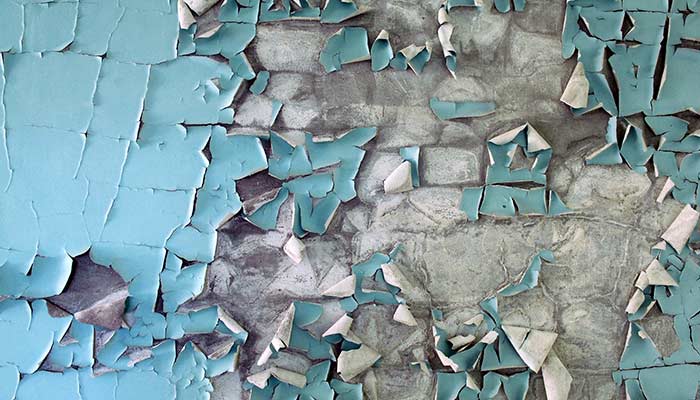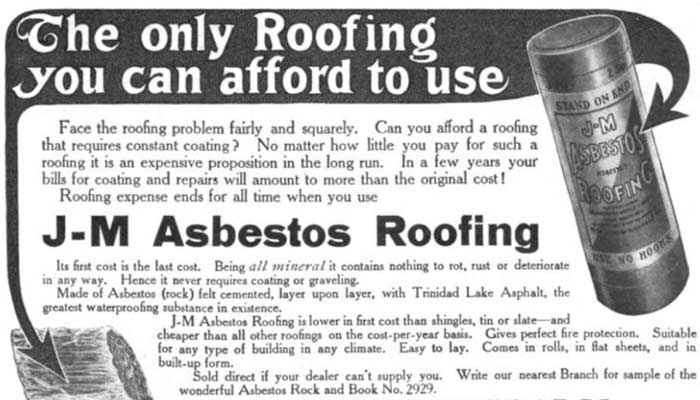As renters or homeowners, many of us are used to looking out for the obvious dangers in a building or place of residence, such as mold or mildew, bare wires, holes in old flooring, or broken glass – but it’s a lot more challenging to spot some of the long-term dangers that could cause residents deadly diseases or even cancer. Some of the simple things in your house could be hiding potentially deadly secrets – worse, they could be hiding asbestos, a naturally occurring mineral that – for years – was put into a range of consumer products.
Now, of course, asbestos is a well-known class-1 carcinogen – and it can cause mesothelioma, an aggressive cancer, or other asbestos-related diseases such as asbestosis or lung cancer. Asbestos is now regulated by the Environmental Protection Agency (EPA), but it is not banned outright, and some older houses and buildings contain a lot of the products made well before the age of asbestos regulation. Safety agencies like the EPA tell consumers to evaluate these products carefully, because most of them are best left alone.
Asbestos is most dangerous when it is torn, sanded, ripped, or otherwise altered in renovation activities, which can cause asbestos fibers to go airborne. Given this, it takes a trained professional to figure out how to best deal with and dispose of asbestos-containing products.
Here are 9 things to look out for in an older home or building of residence:
1.) Boiler Insulation
One place to look for asbestos is around your furnace or boiler. Because asbestos resists heat and flame, it was often used before the 1970s to insulate boilers and other HVAC equipment. Old water heaters may also have asbestos-containing jackets. These will often be encapsulated with plastic or some other material.
2.) Pipe Wrap
Asbestos has also been used as an insulator for water pipes. One warning sign in a basement or crawlspace is the pipe wrap that is attached to a bare pipe to keep it from freezing. Professionals can tell if pipe wrap is likely to contain asbestos. Any signs of fraying or torn edges also increases risks.
3.) Stove Pads
Old stoves were often outfitted with items called stove pads or mats, which were used to protect pots and pans. They also provided durable cooking surfaces. They were often made with asbestos cloth and millboard, with a metal band around the edge. These can break down and wear over time, releasing asbestos fibers.
4.) Stove Sheeting
Another similar use for asbestos involved putting sheets of asbestos-containing stiff board material behind a woodstove or coal stove or other heating appliance, or underneath it on the floor. Even when the stove is removed, the sheets may stay in place, so look out for these types of sheet materials in or on wall or floor spaces.
5.) Asbestos Siding
Many homes have siding panels that are made with asbestos. Asbestos siding has been popular because it stands up so well to the elements over time. However, if asbestos siding is chipped, sanded, ground up, or otherwise altered, it could release harmful asbestos fibers into the air.
6.) Floor Tiles and Tile Adhesive
Asbestos may also be present in older floor tiles, and in the adhesive used to attach tiles to a wall or floor. Again, the biggest danger is when these installations are disturbed. For example, when tiles get old and start to break, or when a tile bathroom is demolished or renovated.
7.) Ironing Board Covers
Asbestos has also been used in some types of ironing board covers. Watch out for covers that are old and that may have signs of damage. Although asbestos-containing materials can stand up well to heat, since discovering the health risks of asbestos products, companies have now mostly chosen other kinds of materials for modern ironing board manufacturing.
8.) Textured Paint & Patching Compounds
Another place you may find asbestos inside of your home is in old paint or patching compounds, better known as “putties.” These can be dangerous because of their tendency to flake or break off from a joint or other area where they have been applied.
9.) Roofing Materials
Some roof shingles and roofing materials may also contain asbestos. This is another example where experts may advise homeowners to leave the materials in place rather than trying to remove them.
Always Be Careful and Consult a Professional
When and if you discover asbestos in your home, it goes without saying: you need to be very, very cautious. Never remove asbestos-containing materials on your own. Call a professional who can make an informed decision on risks, and whether or not it’s possible to remove any type of asbestos from a home or a building. Your health depends on being responsible and carefully handling these potentially lethal products. Knowing about where these hazards can be in your home will help you make the decisions that can shield you and your family members from asbestos exposure and dangerous diseases like mesothelioma.
